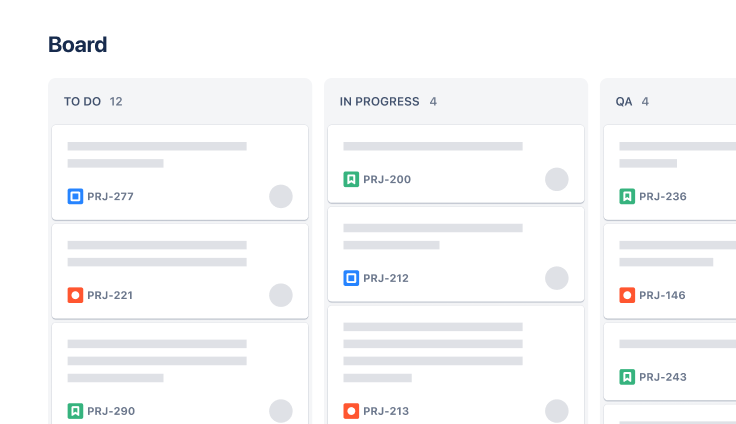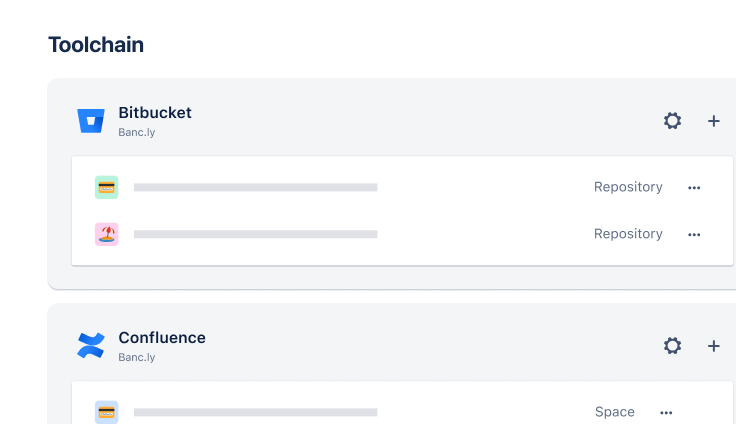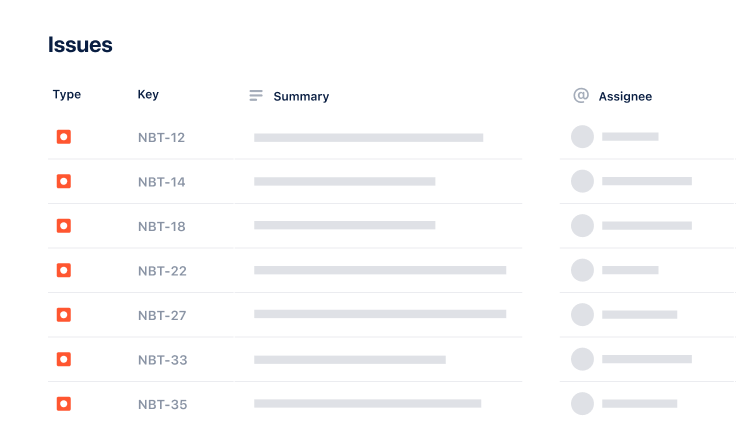
Scrum template
Easily plan, track, and manage ֵwork across sprints.
BEST FOR
Software development
KEY FEATURES
Sprint and task planning
Progress tracking
Sprint analytics tools
Related templates

Software Development
Kanban board template
Manage a continuous delivery of work on a powerful board.

Software Development
DevOps Template
Develop, deploy, and manage software with an open tools approach.





